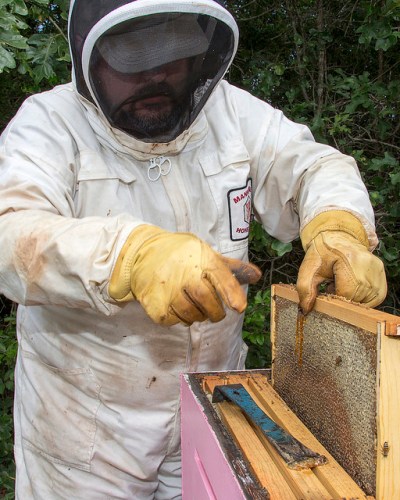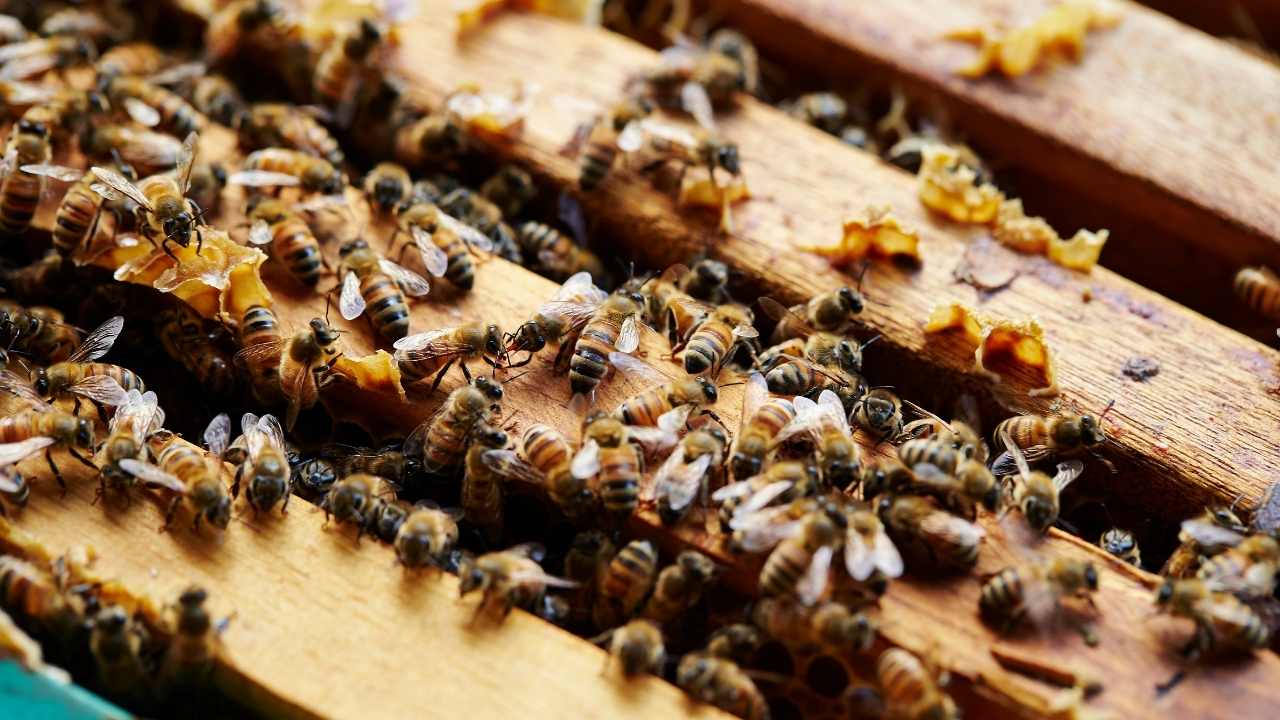
You love your bees. They are your pride and joy, producing delicious honey and helping pollinate the surrounding flora. But there’s one problem that can threaten their livelihood: pests. Pests in beehives can cause a variety of issues, from decreased honey production to disease transmission. That’s why it’s important to have winning strategies for hive inspection and pest control.
Inspecting your hive is crucial for preventing pests from taking over. Regular inspections can help you spot potential issues before they become major problems. Knowing what pests to look for is the first step in keeping your hive healthy and productive. From mites to beetles, each pest has its own unique characteristics and methods of infestation. By familiarizing yourself with these common pests, you’ll be able to take proactive steps to keep them at bay and ensure the longevity of your colony.
Common Pests in Beehives
If you’re a beekeeper, you’ll want to know about the pesky critters that can invade your hive. Common pests in beehives include varroa mites, wax moths, and small hive beetles. These pests can cause significant damage to the colony if left unchecked.
Varroa mites are one of the most common bee pests worldwide. They attach themselves to adult bees and suck their hemolymph (the insect equivalent of blood). The infestation weakens the bees and makes them more susceptible to diseases. Wax moths lay their eggs in the honeycomb, and when the larvae hatch, they feed on the beeswax and honey stored in it. Small hive beetles also lay their eggs in honeycombs, but their larvae burrow into the comb itself, causing structural damage to it. Preventing infestations is crucial for maintaining healthy colonies. Regular inspections and proper pest management techniques such as chemical treatments or trapping can help keep these pests at bay.
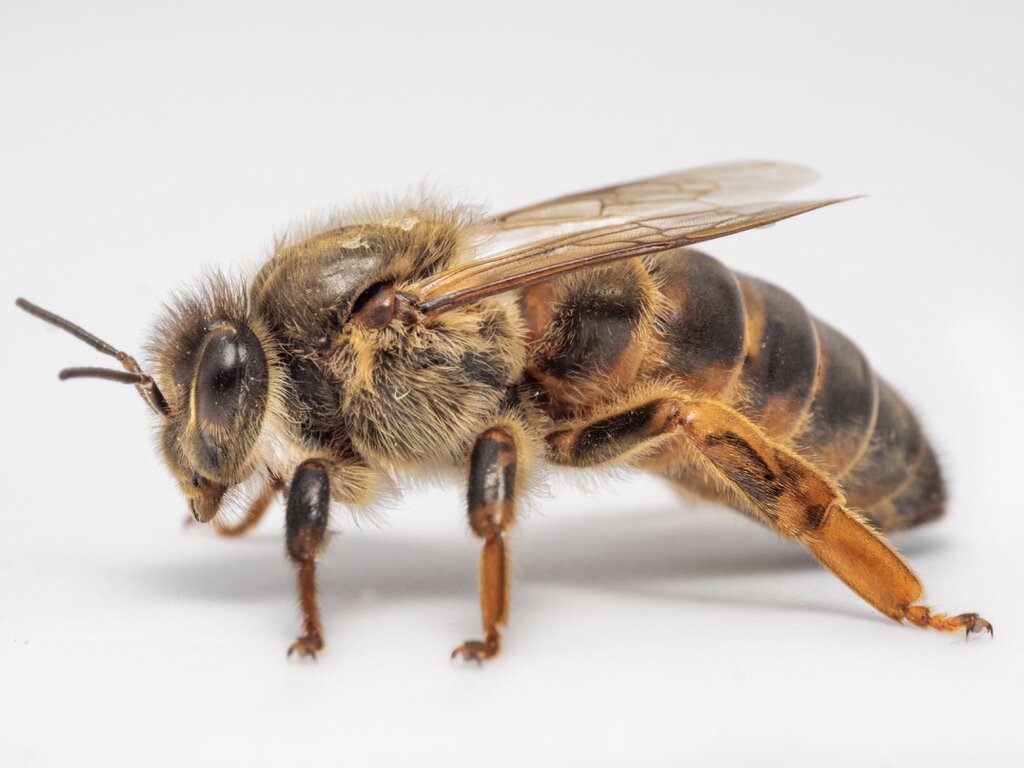
As a responsible beekeeper, knowing how common pests behave is essential for preventing infestations from occurring in your hives. However, knowing what to look for during regular hive inspections is just as important as prevention methods themselves. In the next section, we’ll discuss why inspecting your hives regularly plays an integral role in keeping your colonies healthy and thriving.
Importance of Hive Inspection
You need to understand the importance of hive inspection if you want to keep your bee colony healthy and productive. Inspecting your hive frequently is crucial as it allows you to identify any signs of pest infestations or disease before they become a serious problem. During these inspections, you can also perform health checks on your bees to ensure that they are thriving and have all their needs met.
Frequency of Inspections
Well, look at you, thinking you can just pop in and out of your hive whenever you please without any consequences. Newsflash: neglecting regular inspections is the equivalent of throwing a welcome party for pests. So what is the optimal schedule for hive inspections? It depends on a number of factors affecting your colony, such as its size, location, climate conditions, and current health status.
Generally speaking, it’s recommended to inspect your hives every 7-10 days during the spring and summer months when bees are most active. During fall and winter season when activities slow down and temperatures drop, monthly check-ins should suffice. Remember that early detection is key to preventing pest infestations and diseases from spreading throughout your colony. By performing regular checks with attention to detail, you’ll be able to spot any potential issues before they become major problems. Speaking of which…
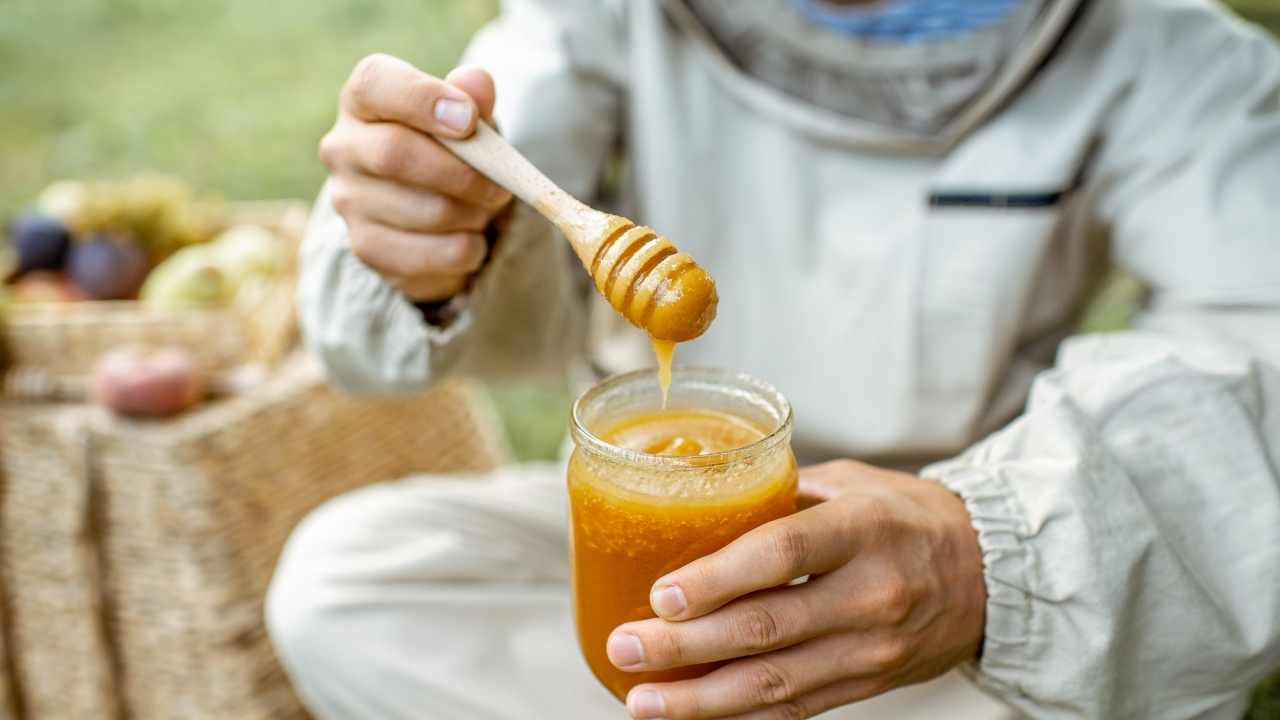
Have you ever seen small black dots crawling around inside or outside your hives? Noticed a strange odor or unusual wax buildup? These are all signs of pest infestations that can quickly turn into serious threats to your honeybees’ health. In the next section we’ll cover some common warning signals that indicate various types of pests such as Varroa mites, wax moths, and ants have invaded your hive. But first let’s make sure you understand why frequent inspections are so crucial in keeping these unwanted guests away from your precious honeycomb!
Signs of Pest Infestations
Now it’s time to learn about the warning signals that indicate unwanted guests have invaded your hive and threaten the health of your honeybees. Early detection is key when it comes to pest infestations. Some common signs include seeing small holes, burrows, or tunnels in the wax comb; spotting dead bees on the ground or outside of the hive; and noticing an unusual smell inside the hive. Additionally, if you see any insects that are not bees around or inside your hive, this could be a sign of a pest problem.
Once you’ve identified potential pests, intervention is necessary to mitigate any damage they may cause. It’s important to assess what type of pest has infiltrated your hive so that you can choose the most effective management strategy. This could involve removing affected portions of comb or using pesticide treatments. Regularly monitoring for pests and assessing their impact on your bees will help ensure that your colony stays healthy and productive.
If you want to keep your honeybees happy and healthy, it’s crucial to conduct regular health checks for them.
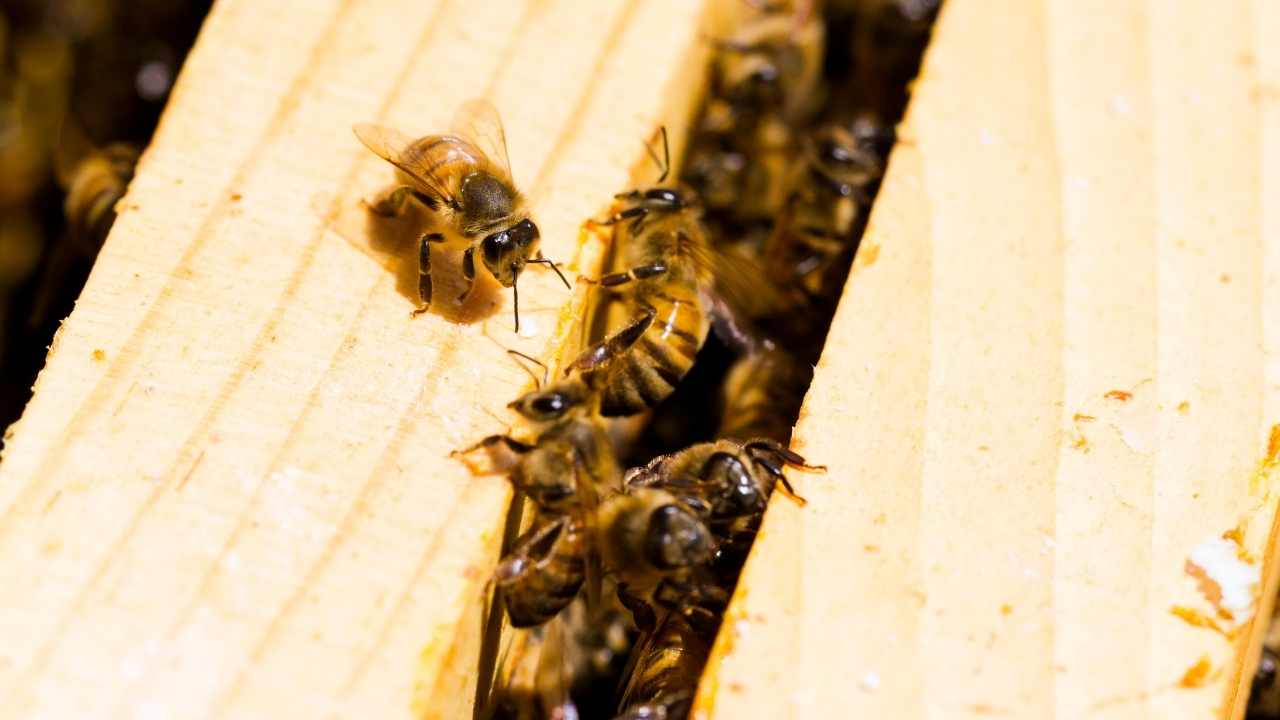
Health Checks for Bees
Make sure to perform routine checks on your bees’ health to ensure they are thriving and producing high-quality honey. As a beekeeper, it is essential that you monitor the colony’s strength regularly. This helps you identify any potential issues early on and take necessary actions before it’s too late. Here are four things you should keep an eye out for during your hive inspections:
- Brood pattern: A healthy colony will have a consistent brood pattern, with eggs, larvae, and pupae arranged in neat rows.
- Bee population: Check for the number of bees in the colony; if you notice a sudden decrease or increase in numbers, it may indicate an issue.
- Varroa mites: These tiny parasites can cause severe damage to bee colonies by transmitting viruses and weakening bees’ immune systems.
- Bee diseases: Keep an eye out for signs of common bee diseases such as American Foulbrood, European Foulbrood, Nosema, chalkbrood, etc.
Regularly monitoring your bees’ health is crucial to their survival and productivity. By taking care of them properly, you can ensure that they continue to thrive and provide excellent quality honey.
Now that you know how important it is to maintain your bees’ health let’s talk about pest prevention strategies that will help keep your hive free from infestations without using harmful chemicals or pesticides like neonicotinoids which can be lethal for pollinators like bees."
Pest Prevention Strategies
You can keep your hives healthy and thriving by implementing proactive pest management strategies. An integrated approach to pest prevention involves identifying potential risks and taking measures to deter unwanted guests. This means regularly inspecting your hive, keeping the area around it clean and free of debris, and using physical barriers like screens or entrance reducers to prevent pests from entering.
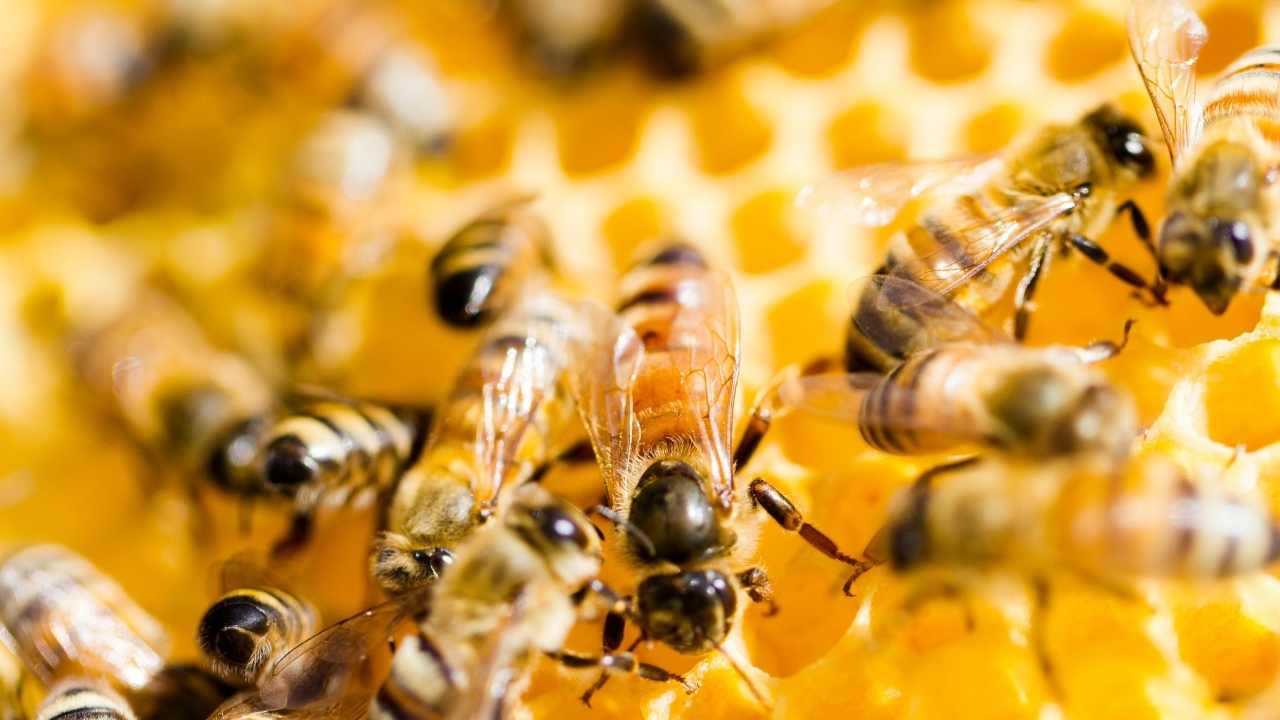
Another important aspect of pest prevention is maintaining a healthy environment for your bees. This includes providing adequate ventilation, managing humidity levels, and avoiding overcrowding in the hive. By taking these steps to keep pests at bay, you can minimize the risk of infestation and ensure that your bees have a safe and comfortable home. In the next section, we’ll explore the different types of pest control methods available – both chemical and natural – so that you can make an informed decision about how best to protect your hive.
Chemical vs Natural Pest Control
Whether you prefer chemical or natural methods, there are various ways to keep your bees safe from unwanted guests. Chemical pest control involves the use of synthetic pesticides that target specific pests such as mites, wax moths, and beetles. These products have been proven to be highly effective in controlling infestations, but they also pose a risk to the environment and can harm beneficial insects like honeybees.
On the other hand, natural pest control methods involve using organic substances that are less harmful to the environment and promote healthy bee colonies. Some popular options include essential oils, sticky traps, diatomaceous earth, and screened bottom boards. While these methods may not be as effective as chemical pesticides in eradicating pests completely, they offer an eco-friendly alternative with fewer risks for both the bees and their keepers. It’s important to weigh the pros and cons of each method before choosing which one is best suited for your hive’s needs.
When it comes to choosing a pest control service for your apiary, it’s crucial to find a provider that uses safe practices and has experience dealing with beekeeping challenges. You want someone who understands how important it is to maintain a balance between controlling pests and protecting your honeybees’ health. Look for companies that have positive reviews from other customers in the beekeeping community or ask for recommendations from local beekeepers associations. By doing so, you can ensure that your hive inspection and pest control efforts will be successful without compromising on safety or effectiveness.
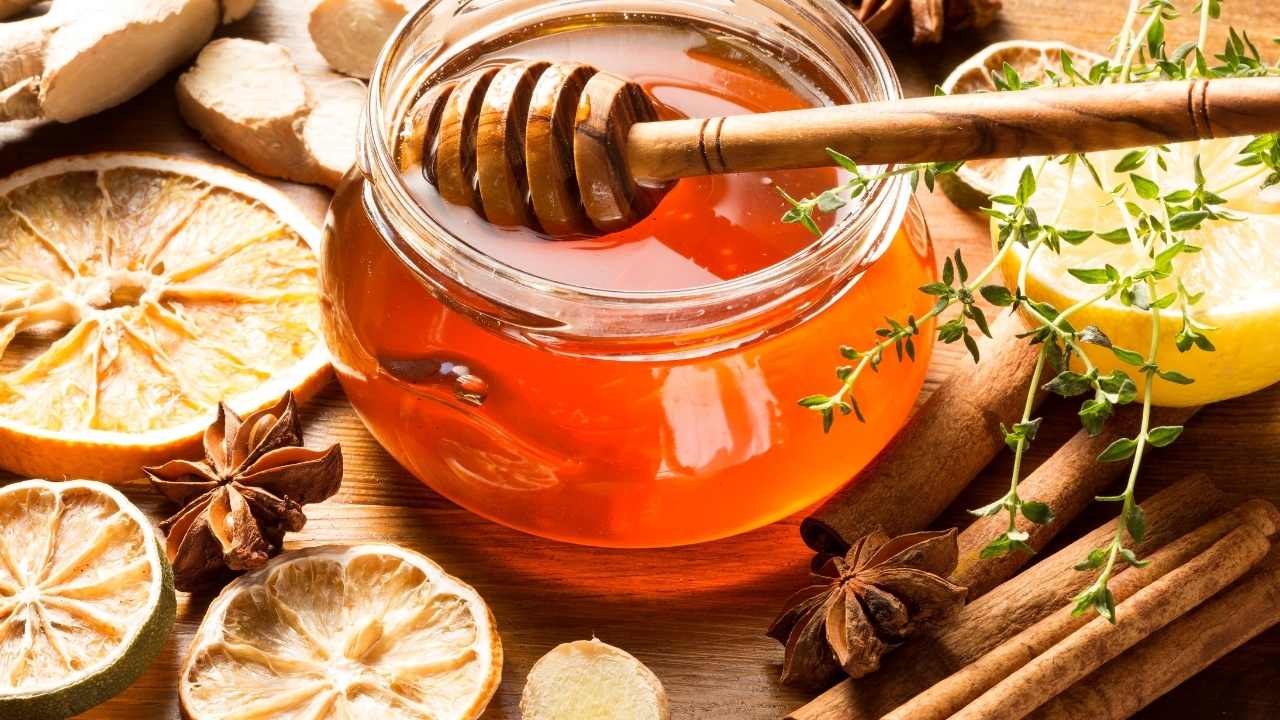
Choosing a Pest Control Service
When choosing a pest control service for your beehives, it’s important to consider their experience and expertise in dealing with pests specific to bees. Look for a company that utilizes eco-friendly practices to minimize harm to the environment and your bees. Additionally, seek out a team that can create customized plans tailored to the unique needs of your hive. By taking these factors into account, you can ensure that your bees receive top-notch pest control services without compromising their health or safety.
Experience and Expertise
Being experienced and knowledgeable in beekeeping can make all the difference when it comes to maintaining a healthy hive. When choosing a pest control service, it is important to look for professionals who have years of experience working with bees and other pests that commonly affect hives. You want someone who understands the ins and outs of bee behavior, as well as the various methods used to control mites, beetles, and other invasive species.
These experts should be able to provide you with practical tips for keeping your hive healthy throughout the year. For example, they may recommend regular inspections during peak activity times or suggest specific types of treatments that are most effective against certain pests. Real life examples are also helpful; ask your potential pest control provider about their past successes and challenges with beekeeping clients so that you can get a better sense of their expertise. With the right team on board, you can rest assured that your hive will remain strong and productive for seasons to come. Moving forward into eco-friendly practices, let’s explore ways in which you can protect both your bees and the environment at large.
Eco-Friendly Practices
Let’s explore ways to protect our buzzing friends and the environment through eco-friendly practices. As beekeepers, it’s important to implement sustainable beekeeping practices that do not harm bees or the ecosystem they live in. Eco-friendly solutions such as using natural repellents and traps instead of chemical pesticides can help control pests without causing harm to the bees.
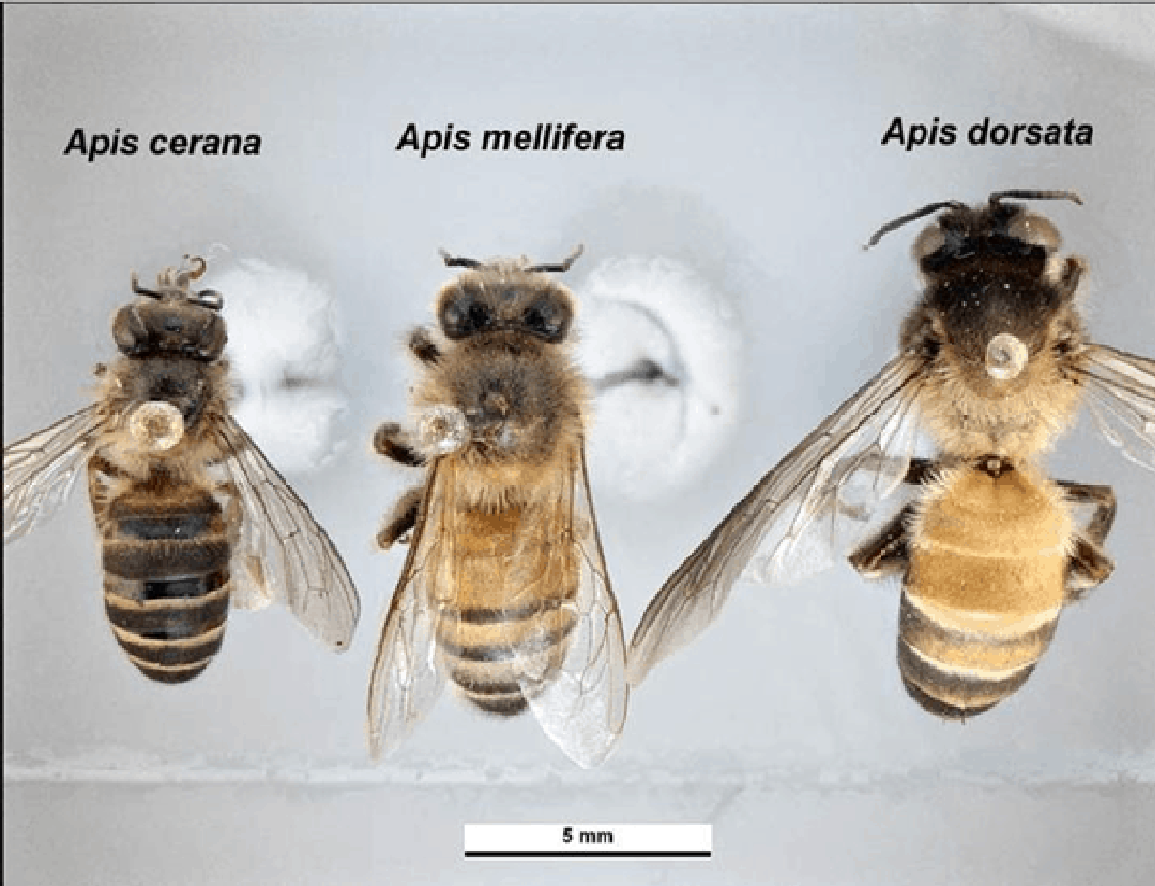
In addition, utilizing organic methods for hive management and honey production can prevent contamination of the environment and promote healthier bees. This includes using non-toxic materials for hive construction, avoiding synthetic fertilizers on plants that bees pollinate, and harvesting honey without harming the colony. By adopting these sustainable beekeeping practices, we can not only protect our bees but also contribute towards a healthier environment for future generations. Now let’s dive into customized plans for beekeepers to further enhance their pest control strategies.
Customized Plans for Beekeepers
As a beekeeper, you know that every hive is unique and faces its own set of challenges. That’s why it’s important to create customized solutions to protect your buzzing friends from common pests and diseases. By utilizing natural methods and incorporating eco-friendly practices into your beekeeping routine, you can ensure the health and well-being of your bees while also protecting the environment.
To create a personalized plan for your hives, start by assessing the specific challenges faced by each colony. This may include identifying potential sources of stress, such as nearby pesticide use or insufficient food sources. From there, you can develop strategies for pest control and disease prevention that are tailored to the needs of each hive. Whether it’s using natural treatments like essential oils or implementing strict hygiene protocols, there are many ways to keep your bees healthy and thriving.
By creating customized plans for each of your hives, you can address individual beekeeping challenges while promoting overall hive health. In the next section, we’ll dive deeper into some key strategies for maintaining strong and resilient colonies.
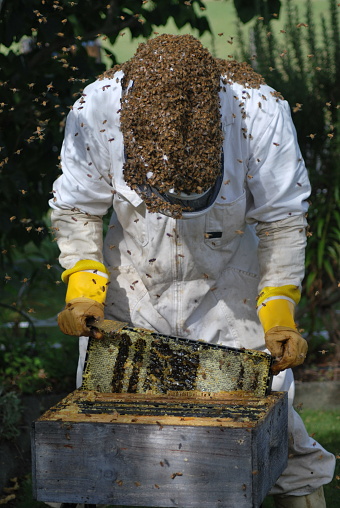
Maintaining Hive Health
You can ensure the long-term health of your bee colony by implementing regular maintenance practices that focus on preventing issues rather than just reacting to them. To maintain hive health, start by ensuring the bees have access to a diverse range of flowers for foraging and supplement their diet with sugar syrup or pollen patties if necessary. Monitor the honey production and remove any frames that are damaged, moldy, or filled with dead bees. This will prevent the spread of diseases and pests within the hive.
Additionally, inspect your hives regularly for signs of disease or pest infestations such as Varroa mites or wax moths. Clean and disinfect any equipment that has been used in infected hives before using it again. Keep track of your inspections in a record book so you can quickly identify any changes in hive behavior or health over time. By being proactive in maintaining hive health, you can prevent costly losses due to diseases or pests and ensure that your bees remain healthy and productive for years to come.
Frequently Asked Questions
What should I do if I find mold in my beehive?
You’ve just discovered mold in your beehive. Don’t panic! Mold management is a crucial part of beekeeping and can have serious consequences for the health of your bees if not addressed properly. The first step is to assess the extent of the mold growth and determine if it is localized or widespread. Once you’ve identified the affected areas, remove any contaminated frames and comb, being careful not to spread spores to other parts of the hive. Beehive sanitation is key in preventing future outbreaks, so make sure you are regularly cleaning and inspecting your hives. Consider increasing ventilation in your hive as well to reduce moisture levels that can contribute to mold growth. With proper attention and care, you can effectively manage mold in your beehive and ensure the health and longevity of your colony.
Can I use essential oils as a natural pest control method for my beehive?
Using essential oils as a natural pest control method for your beehive can be effective, but it may not always be the best option. While some essential oils have been shown to repel certain pests, others may not work as well or could even harm your bees if used improperly. It’s important to do your research and consult with experts before using any alternative solutions. Additionally, there are other methods of pest control that may be more effective and safer for your hive, such as physical barriers or targeted chemical treatments. Ultimately, the best approach will depend on the specific pests you’re dealing with and the unique characteristics of your hive.
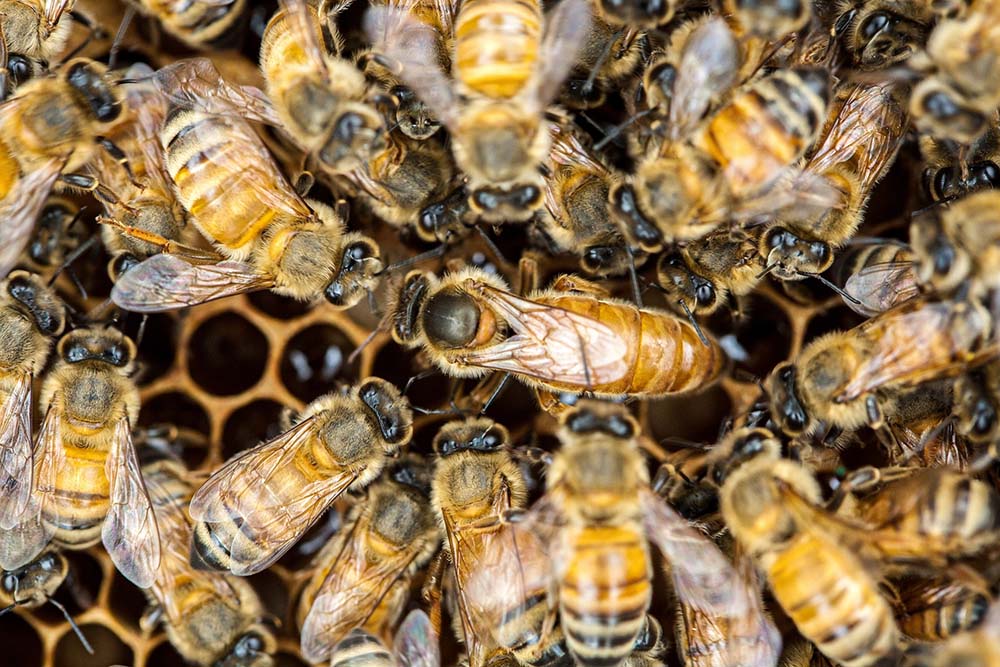
How often should I inspect my beehive for pests?
As a beekeeper, it’s important to regularly inspect your hive for pests and signs of infestation. Frequency recommendations vary based on the time of year and climate in your area, but generally, you should aim to inspect every two weeks during the spring and summer months. Signs of infestation can include dead bees at the entrance, unusual behavior from bees (such as clustering or absconding), or visible damage to the comb. By catching pest problems early on, you can take action quickly and prevent serious damage to your hive. Regular inspections also allow you to monitor overall hive health and make any necessary adjustments or treatments. So be diligent in your inspections, and your bees will thank you for it!
Are there any risks associated with using chemical pest control methods in beehives?
When it comes to using chemical pest control methods in beehives, there are certainly some risks to consider. Long term effects of these chemicals on bees and their environment are not yet fully understood. Additionally, the use of these chemicals can have a negative impact on honey production and may raise environmental concerns. However, there are alternatives to chemical options that should be evaluated before resorting to them. When evaluating chemical pest control methods in beehives, it is important to thoroughly research and understand the potential risks and benefits, as well as any alternative options available.
Can I remove pests from my beehive without harming the bees?
If you’re looking to remove pests from your beehive without harming the bees, there are a few pest removal techniques that can help. Bee friendly pest control methods include using natural solutions like essential oils or diatomaceous earth, which won’t harm bees but will deter pests like mites and beetles. Another method is using physical barriers like mesh screens or entrance reducers to keep pests out while still allowing the bees to come and go freely. It’s important to remember that prevention is key when it comes to keeping your hive healthy and pest-free, so regularly inspecting and maintaining your hive can go a long way in avoiding infestations in the first place.
Conclusion
Congratulations! You now have all the information you need to effectively inspect and control pests in your beehives. By knowing the common pests that can infest your hives, the importance of regular inspections, and implementing preventative strategies, you are already one step ahead in protecting your bees.

When it comes to pest control, there are both chemical and natural options available. While chemical methods may be more effective, they come with potential risks to both your bees and the environment. Natural methods may take longer or require more effort, but they provide a safer alternative for you and your bees.
As you continue to maintain hive health through proper inspection and pest control measures, remember that choosing a reputable pest control service can also be beneficial in keeping your hives healthy. With these winning strategies in hand, go forth with confidence in protecting your precious bee colonies. So why wait? Start taking action today!

Roger Thomas is a seasoned beekeeper and hive architect with a deep-seated passion for sustainable living. His fascination with bees has shaped his professional career, giving him practical and theoretical expertise in bee behavior, colony health, and optimal hive conditions. Roger’s technical skills shine in his bespoke hive creations that cater to the specific needs of diverse bee species, while his sustainable practices promote environmental balance and the wellbeing of the bee population.
As he continues his journey in beekeeping, Roger has become a dedicated advocate for responsible practices and an insightful educator in his field. His posts aim to inspire new beekeepers, underline the importance of sustainability, and showcase the remarkable contribution bees make to our ecosystem. Roger invites you to join him as he delves into the world of bees and the rewarding, honey-sweet art of beekeeping.


